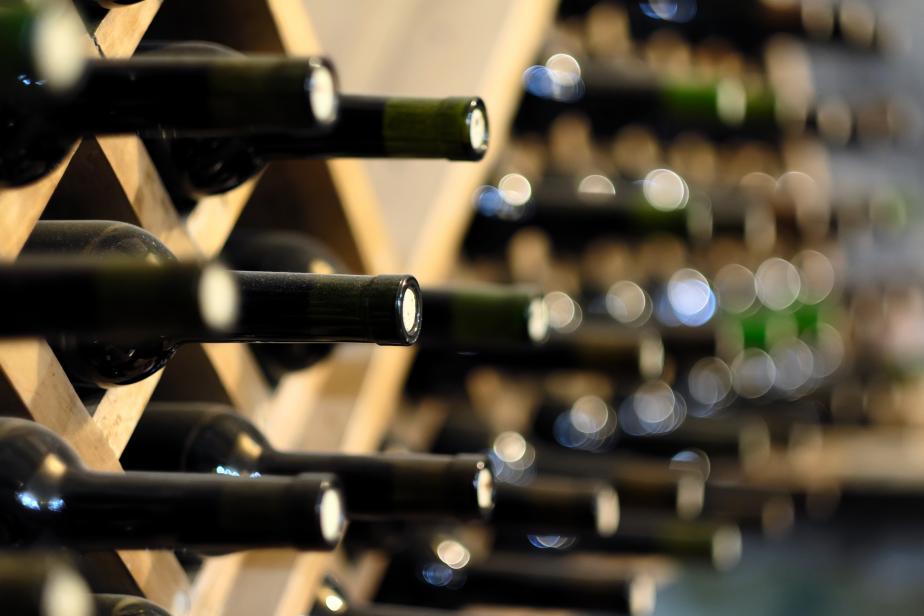
When you’ve finally sourced a bottle of your favourite wine – be it red, white or fortified wine – you’ll want to store it in the proper way to preserve it and keep it fresh for as long as possible.
It is during the storing stage that most wine gets spoiled, primarily because a lot of people think wine can be stored like other alcohol such as spirits. Wine is more of a delicacy than spirits and requires more attention when storing it – regardless of which type of wine you’re looking to keep.
Here are some expert tips on how to store unbottled wine so that your favourite bottle of red or preferred bottle of white never goes bad again.
1. Store wine bottles on their side
The first tip to keep in mind is to always store wine bottles on their side. There are a number of reasons for this, but the main reason is to keep the cork moist. If the bottle is stored upright and there is an air gap between the cork and the liquid, the cork will dry out and shrink. This will allow air to get in as a gap appears around the cork and the bottleneck, leading to premature ageing and spoiling. If you have a screw-top bottle of wine, you can keep it stored upright as there is no cork to dry out, but many people find storing wine horizontally on a wine rack to be more efficient in terms of space and accessibility.
If you are going to be using a wine rack, you will need to consider the placement of it. To keep to the right temperature, try and avoid storing the wine rack next to a fridge or an oven.
2. Monitor the room temperature
You’ll already know that a lot of wine drinkers with large collections invest heavily into wine cellars, but you might not know the reason why (besides keeping the wine out of sight in the house and organised). Wine cellars are used because they provide the ideal temperature to store wine at. It is widely accepted that between 13°C and 20°C are the best temperatures to keep wine at. Anything cooler than that will result in the wine expanding, and this could push the cork out or put pressure on the bottle, creating air gaps and oxidisation or even leakages. Store it too hot, though, and you’re risking the wine developing too quickly, breaking down compounds and accelerating the wine past the ageing process and straight to the decline process, resulting in spoiled wine.
In addition to temperature, you’ll want to consider the humidity levels of the room you’re storing the wine in. Ideally, you’ll be looking at 60% to 68%. If you don’t have a room suitable, consider a wine fridge instead of a normal fridge. A wine fridge will generally keep the wine between 10°C and 15°C and at the right humidity – something a regular fridge cannot do.
3. Avoid direct sunlight
Most people love the sun, but your wine will not. You should avoid storing wine in direct sunlight because the UV rays can damage both the flavours and the aromas, ruining your wine and spoiling it. This is especially important if you’re going to be ageing wine.
Storing Open Wine
In the case of storing open wine, it’s slightly different. Most open wine will last between three and five days once uncorked, but it will vary between the type of wine. For example, red wine lasts longer than white wine based on the number of tannins (red wine has more tannins than white wine).
Once the wine has been opened, it should be stored in your kitchen fridge. You should also either re-cork it or add in a wine stopper or wax seal. This will preserve the wine for longer.
Summary
Here at Cranville Wines, we are experts in wine storage and have a wide selection of wine racks suitable for both home and commercial use. To find out more about any of our products or how to store wine, please contact us.
 Designed and Manufactured in the UK
Designed and Manufactured in the UK 